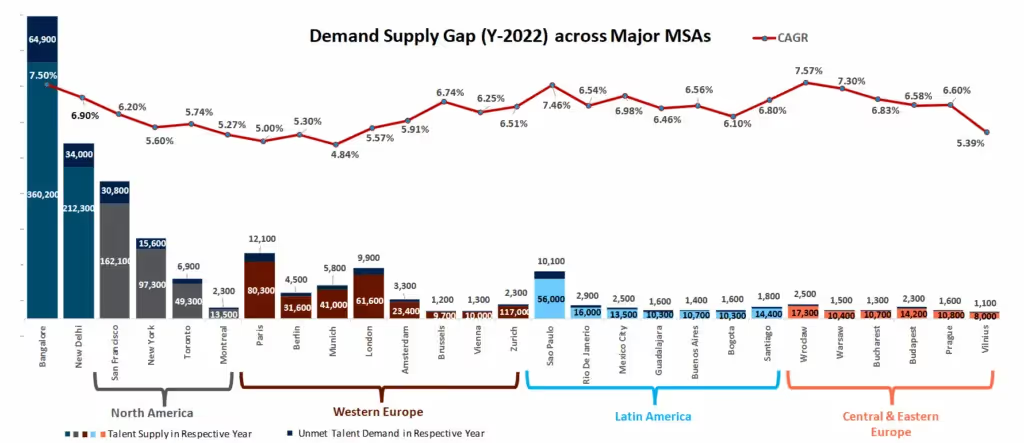Navigating the Future of HR: Insights and Initiatives for Success
The book, The Great Mental Models by Rhiannon Beaubien highlights a concept called Kandinsky’s iterations. Simply put, this means that we learn from our efforts, and our first effort at anything is rarely good, but the experience gives us feedback. The first effort’s most important outcome is paying attention to the feedback. Artist Wassily Kandinsky created over 20 iterations before he finalized his work.
We are at a point where we have to pay detailed attention to getting feedback from the external and internal ecosystems. This week I was fortunate to interact with several CHROs on a few skills initiatives. The following are critical questions raised by many enterprises.
- What are the gaps in implementing existing skilling initiatives, and how can they be addressed based on the evolving skill requirements?
- Do we have enough innovators in the company – a senior talent that can break the barriers and innovate?
- Given the growth of technologies like ChatGPT, how can we use such technologies across Job families?
- How will Metaverse impact HR?
- How can we map adjacent skills in a granular way with existing investments
- What should be our medium to long-term location strategy?
- How do we have a Responsible AI strategy and a strategy that does not look at tech companies every time? In other words, how can companies excel in AI beyond the borders of tech companies
- First, we are encouraged to see that many HR leaders plan to take their enterprises to the next level. The uncertain scenarios in the minds of the leaders due to the economy softening seem to be declining (it is certainly not over, but some bright spots have emerged).
- Second, there is a realization that you do not want to shake the foundation, and the company’s very basic existence comes into question. The example of Bard demo failure last week is a great example. For relatively small dollar savings (in the grand scheme of things), Google created uncertainty in the team members’ minds by incorrectly handling staffing-related decisions. Thereby when they introduced the Bard product (ChatGPT rival), it was, as many Google Engineers posted, Un-Googley! The preparation was insufficient, the passion was missing, and the results were wrong!
- Third, the supply-demand gap is still high, and there is a fear among enterprises that when Tech companies start hiring, say in six months, things can get challenging from a retention standpoint. We are developing maps like this for all the roles, but here is an example of the Supply–Demand gap for the SDE role. The Unmet demand across key geographies is still high. There is certainly a slowdown in the actions in closing the requirements, but the growth in digital initiatives is expected to accelerate companies

Finally, there is also a rare window of opportunity. We see some senior tech leaders from silicon valley moving to Industrial companies and banks. All this will help companies build their own AI strategy, and Recruiters will play a vital role in this journey
As an HR leader, the following initiatives are important:
- Continuous Refinement of Recruitment and Workforce Planning Capabilities
- Skilling and Understanding the skills gap (Desired vs. Available vs. Adjacent)
- Retention. This aspect may feel counter to the current market realities, but this is exactly the initiative we need to work on
Overall, we are pretty excited about HR’s role under emerging circumstances. If we plan the initiatives correctly, we can accelerate transformation and adaptation and make the enterprises genuinely care for a great workplace.










.svg)




















.svg)





.svg)
